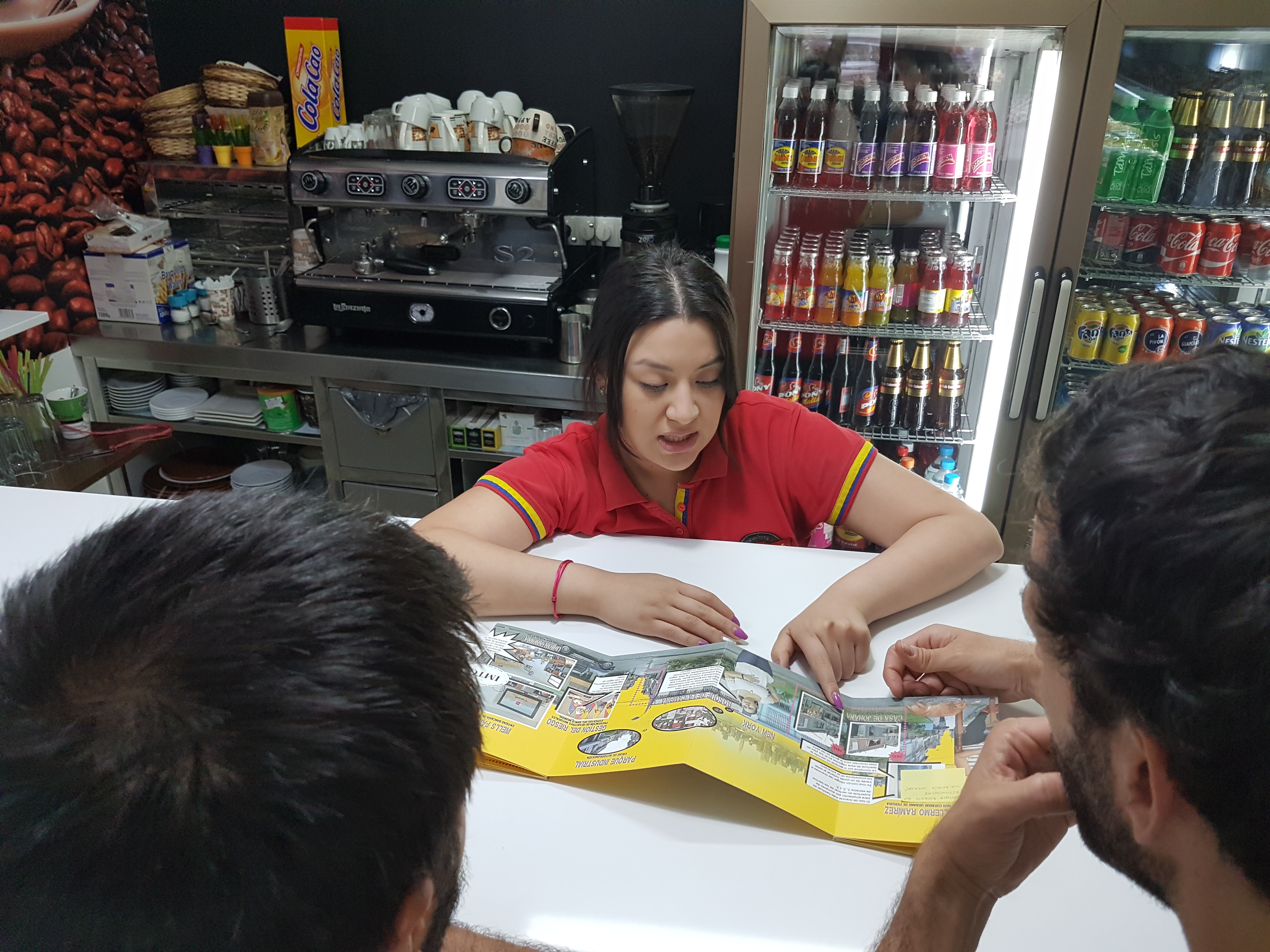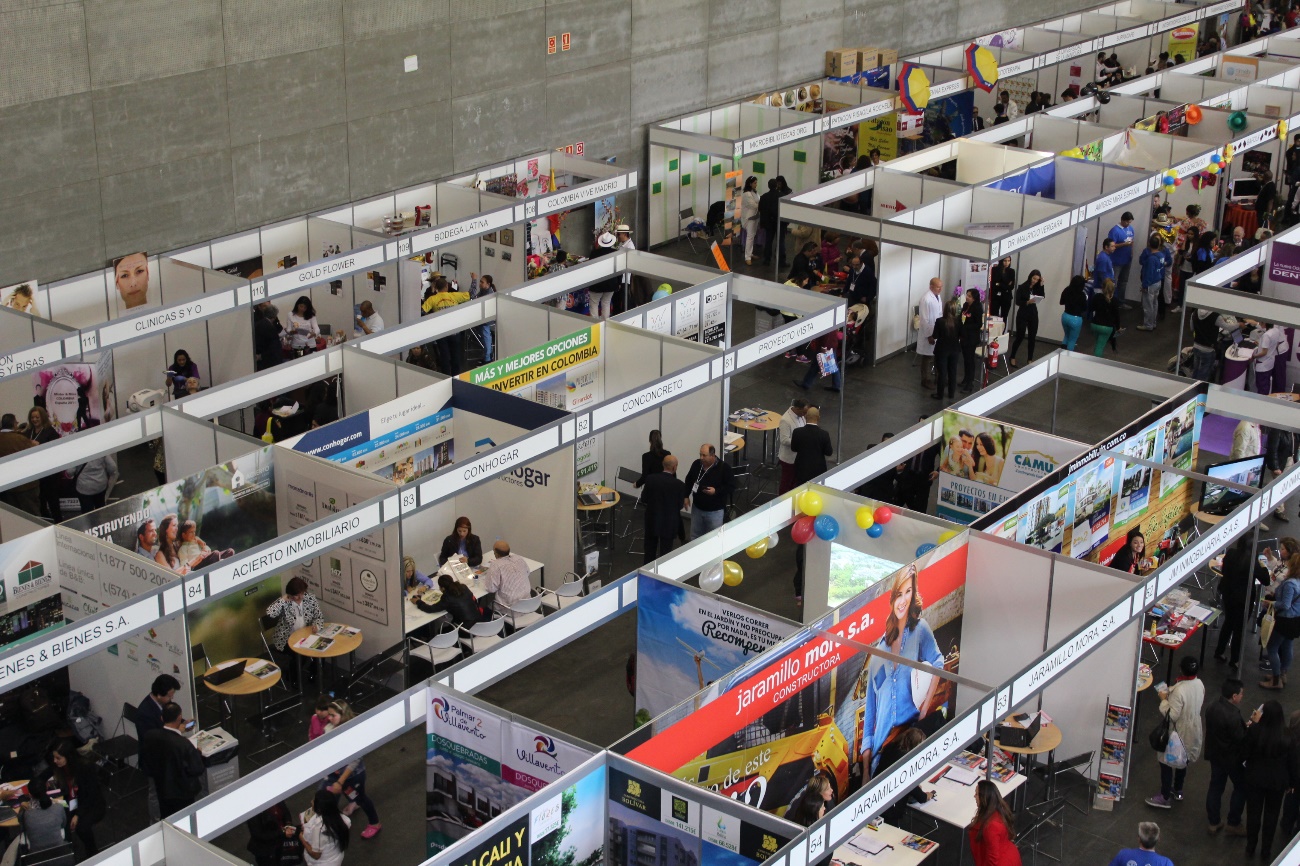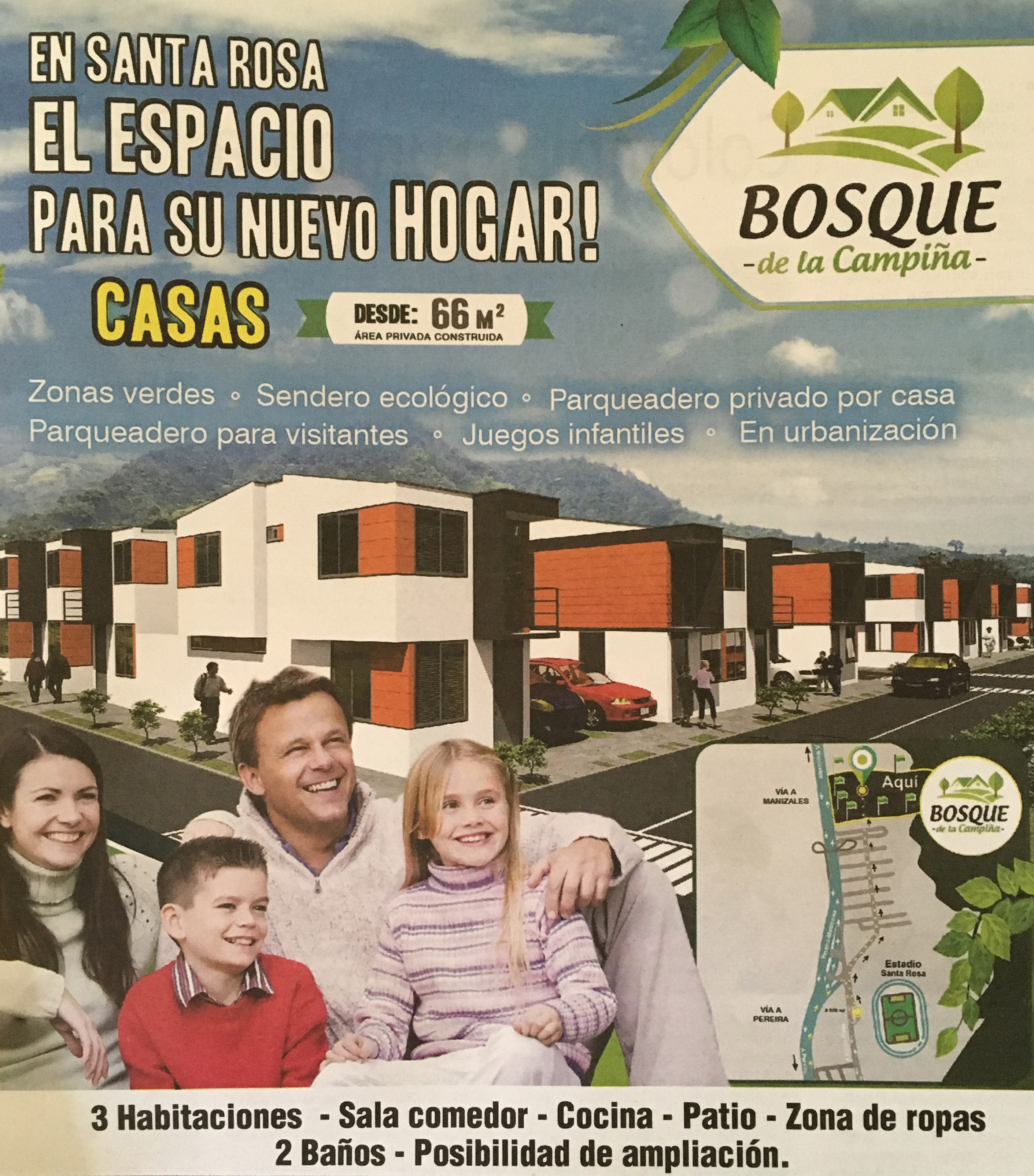>
Urbanisms of Remittances.
(Re)productive Houses in Dispersion
Arts Libris 2019 Award, Fundació Banc
Sabadell.
Caniche
editorial
Madrid,
Spain
2017
Research initiated with the support of the Oslo Triennale 2016, After Belonging.
In this book we analyse urban
configurations that are funded by remittances. Remittances are small amounts of
money sent by transnational workers to support their loved ones in their home
countries. Nowadays, the volume of these
transactions is so large that, when added up globally, it is more than four and
a half times the amount of so-called official development assistance provided
by rich countries globally. Focusing on the realities of the Colombian diaspora
from the Risaralda region, this study examines the role of design and economic
management of housing and cities in the current global care crisis. It pays
particular attention to the development of new forms of dispossession through
transnational real estate transactions, debt and mortgages. Operating from a
transnational perspective, the project also encourages us to imagine
alternative urban scenarios where the spheres of productivity and reproduction
can be reconsidered. This perspective is applicable in cities worldwide, both
in the Global South and the Global North.
We believe that within the discussions about care that take place in the
realm of spatial practices, urbanisms of remittances can broaden and deepen the
question of who is included in the
“we”
when referring to an urbanism
of care. Faced with this question, it becomes clear that there is a need for an
expanded dialogue between feminist and decolonial perspectives, brought to
light by these urbanisms.
Edited by Diego Barajas
and Camilo García, the book Urbanisms of Remittances gathers research carried
out by Husos: Marta Correal (occupational therapist), Camilo García
(architect), Diego Barajas (architect) and María García Isaza (photographer and
cultural manager). With the collaboration of Petra Sebova, Natasa Lekkou,
Louise Morice, Sergio Reyes and Cristina Jiménez.


(1) Panorámica de la Feria de servicios e
inmobiliaria en Madrid dirigida específicamente a los migrantes colombianos
como posibles inversores en nuevos proyectos de vivienda en Colombia. En un fin
de semana pueden llegar a asistir hasta 14.000 personas.
(2) Feria de servicios e inmobiliaria en Madrid dirigida específicamente a los migrantes colombianos como posibles inversores en nuevos proyectos de vivienda en Colombia. Los puestos son ocupados principalmente por constructoras, promotoras, instituciones financieras tanto privadas como públicas, aerolíneas y otros productos colombianos. Eventos como este se organizan periódicamente en ciudades como Madrid, Nueva York y Miami.
(3) Anuncio de publicidad inmobiliario de periódico dirigido a la diáspora colombiana en Madrid, que ofrece un modelo urbano de comunidades cerradas, formando hileras de viviendas homogéneas. El anuncio presenta una familia blanca y rubia en primer plano, muy diferente de la mayoría de los hogares transnacionales colombianos madrileños, tanto en su aspecto como en la composición de sus miembros. Las familias transnacionales tienen una variedad de configuraciones singulares de miembros dispersos y necesidades específicas. La arquitectura estándar de estas casas no es sensible a estas necesidades.
(4) Modelo urbano auto gestionado, con remesas, en el barrio Kennedy de Pereira. La casa amarilla es una casa productiva progresiva construida con dinero de las remesas. Sus tres entradas hacen posible que las familias puedan alquilar un apartamento y tener una tienda en la planta baja.
(2) Feria de servicios e inmobiliaria en Madrid dirigida específicamente a los migrantes colombianos como posibles inversores en nuevos proyectos de vivienda en Colombia. Los puestos son ocupados principalmente por constructoras, promotoras, instituciones financieras tanto privadas como públicas, aerolíneas y otros productos colombianos. Eventos como este se organizan periódicamente en ciudades como Madrid, Nueva York y Miami.
(3) Anuncio de publicidad inmobiliario de periódico dirigido a la diáspora colombiana en Madrid, que ofrece un modelo urbano de comunidades cerradas, formando hileras de viviendas homogéneas. El anuncio presenta una familia blanca y rubia en primer plano, muy diferente de la mayoría de los hogares transnacionales colombianos madrileños, tanto en su aspecto como en la composición de sus miembros. Las familias transnacionales tienen una variedad de configuraciones singulares de miembros dispersos y necesidades específicas. La arquitectura estándar de estas casas no es sensible a estas necesidades.
(4) Modelo urbano auto gestionado, con remesas, en el barrio Kennedy de Pereira. La casa amarilla es una casa productiva progresiva construida con dinero de las remesas. Sus tres entradas hacen posible que las familias puedan alquilar un apartamento y tener una tienda en la planta baja.


